- Author: Ann King Filmer
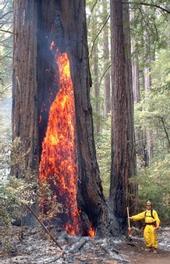
California’s renowned coast redwood trees, previously believed to be fireproof, are now more than four times more susceptible to wildfire injury in coastal forest areas infested with the sudden oak death pathogen. These redwoods are now as susceptible to wildfires as other trees.
Millions of trees, including tanoaks, coast live oak, California bay laurels, and many other forest species have been killed by sudden oak death in coastal areas of central and northern California, and Oregon. The pathogen, Phytophthora ramorum, was first linked to the massive tree death in the mid-1990s.
David Rizzo, professor in the Department of Plant...
- Contributor: Ann King Filmer
- Author: Robin DeRieux
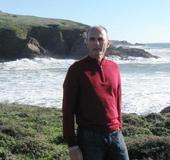
Ocean waters are warming, sea level is rising, seawater is becoming more acidic, and shoreline erosion is intensifying. The world’s oceans are reacting to increased carbon dioxide and other greenhouse gases in the earth’s atmosphere.
“The physical and chemical environment of the ocean is changing with the climate,” said John Largier of the UC Davis Bodega Marine Laboratory. “This affects ecosystems — like tidal marshes and coral reefs that protect us from storms and flooding.”
The ocean brings stability to the earth’s climate. It heats up and cools down more slowly than the land and the air. With climate...
- Author: Suanne Klahorst
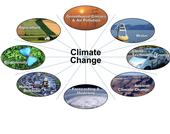
The first thing I had to learn as writing staff at the John Muir Institute for the Environment, UC Davis, was the difference between "climate" and "weather." I compare it to reading a stock chart, there are jagged peaks and valleys daily, but it takes stock performance over years to reveal an unmistakable trend. The small ticks are similar to weather but the trend over decades is closer to climate. Nearly every stock chart has a huge valley at the year 2008, this is thought to be a once in a century event. That event is analogous to climate change, except climate trends are measured over millions of years, and climate is thought to be much slower to recover.
American opinions about global warming are as uncertain as the...
- Author: Katherine E. Kerlin
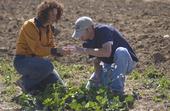
As drought dries the landscape and rising global temperatures make for decreasing crop yields, farmers are faced with the question of how to feed billions of people in a way that both reduces global greenhouse gas emissions and adapts to the realities of climate change.
Scientists and policymakers from around the world will gather today through Friday, March 20-22, at the University of California, Davis, to grapple with the threats of climate change for global agriculture and recommend science-based actions to slow its effects while meeting the world's need for food, livelihood and sustainability.
- Author: John Stumbos
- Author: Katherine E. Kerlin
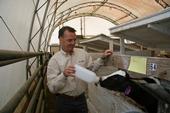
In the aftermath of Hurricane Sandy, climate change and global greenhouse emissions are a hot topic these days. Dozens of UC Davis scientists study many facets of the causes and consequences of global warming.
One of them is Frank Mitloehner, UC Cooperative Extension specialist and professor in the Department of Animal Science at UC Davis. Mitloehner has studied the role of the livestock industry in contributing to greenhouse gas emissions. Mitloehner was recently selected to chair a United Nations committee to measure and assess the environmental impacts of the livestock industry.
As chair of the new Food and Agriculture Organization of the United Nations (FAO) committee,...



